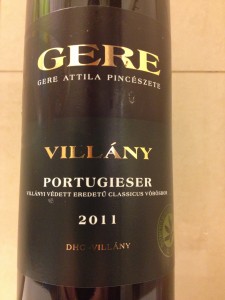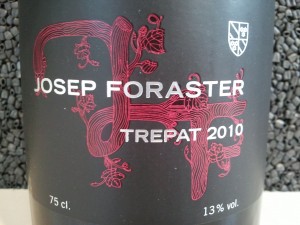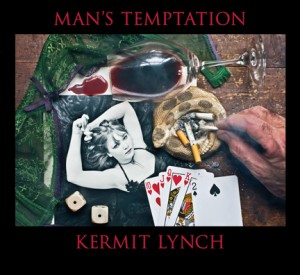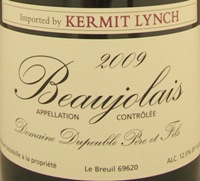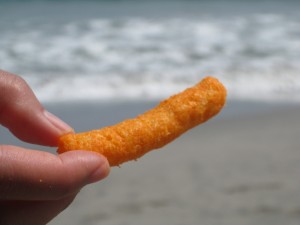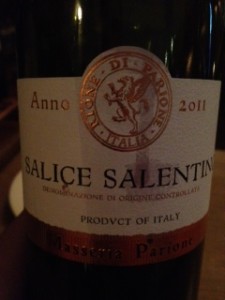 Pizza is the Best Food on Earth
Pizza is the Best Food on Earth
When people drink enough, they start to do stupid things. Like asking what one single food their friends would eat if they only had to eat one food for the rest of their lives (correct answer: pizza). Or, even worse, asking what one single wine their friends would drink if they only had to drink one wine for the rest of their lives (correct answer… pending).
No Place for Philosophy
Which raises the question, what is a wine? No, blog posts are not the place to discuss philosophical matters – that’s what bars, cemeteries and the DMV are for. But what is a grape? That seems less ponderous and maybe worth exploring in 1-2 paragraphs.
Malvasia Mutant
Take Malvasia – grape of the baltics (and the cherished island of Madeira). Malvasia tends to cover a whole lot of terrain – like a golf umbrella on Park Avenue annoying everyone in its path or the model in stretchy tights sporting it all at Walmarts in size XXL of course. Malvasia has one of those names that can mean any of a host of things – usually white, light and Italian as Michelangelo’s David, it can also be dark, toffee and island-loving as Jamaica’s better rums when grown on Madeira, possibly the world’s best place I have never visited (Sri Lanka may be close too). Sometimes it shows up in red, like a Jessica Rabbit in the 1980s or Dorothy’s shoes in an all-gray Kansas. And that’s where we arrive at Malvasia Nera.
Red Malvasia
Malvasia Nera is the rare red-headed child of the Malvasia family that emcompasses every child on earth. When Angelina gets around to adopting a red-haired child, it’s entirely certain that she will name it Malvasia (seeing as Nera has certain lazy/arsonistic connotations). While most of Malvasis shows up in Japanese funeral gear, Malvasia Nera is a red wine that tends to temper the harsher aspects of the big reds who truly strut their stuff in Maoist unity – Cabernet, Sangiovese, you know who you are. Malvasia is probably slightly out of step, even if in the area of the reds – maybe trying to tone down Stalin a little bit from the harsher edges in a Khrushevian way that (in this narrative) actually succeeds and leads to some positive result. One can dream – it’s what philosophy on a grape in a blog is about… if about anything at all.
Taste
Heavy body wine with somewhat fruity smell and dry, full-bodied taste that didn’t overextend. Rustic with a smoother finish.
Detail Up!
Salice Salentino 2011 by Masseria Parione in a DOC from Puglia (the boot), Italy
Random Googles:
* Salice Salentino is generally a Negroamaro wine – it is from Puglia (the boot!) after all. Malvasia Nera is the harmonizer on the wine to the Negroamaro melody.
* Salice Salentino – actually means “dark and bitter” in local Puglesquian parlance. Strange, as it was a pretty smooth grape that made it onto the menu I tried and the smoothing agent to the “dark and bitter” grape of Negroamaro (apparently, exactly the same translation – makes you question what life is like in Puglia).
* Apparently, a fairly cheap version of solid good wine. Most of the prices online I saw were in the $10 range. Not enough to stay in the Castello Monaci in Salie Salentino (highly recommended say the reviews) but enough to buy your bottle of wine from near the castle.
